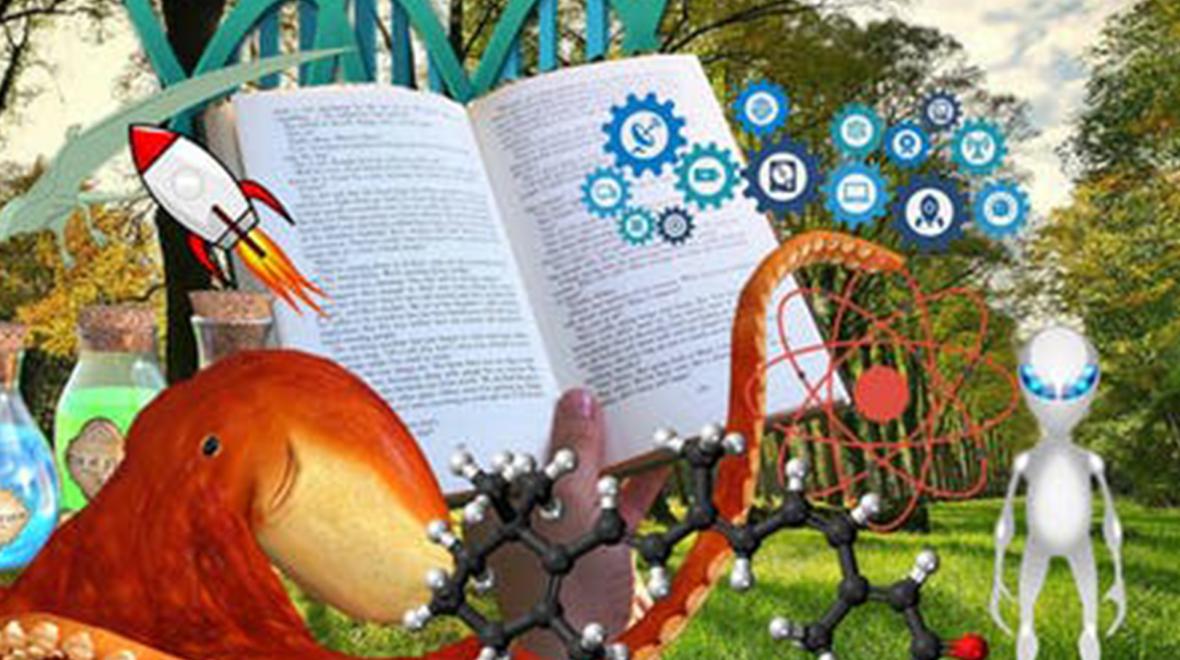
Fri, March 1, 2019 11:00 AM - 12:00 PM AQUATIC ECOSYSTEMS RESEARCH LABORATORY (AERL). NOTE: This panel is part of a UBC IOF graduate class. Limited seats available to others. TICKET REQUIRED. Panelists: Seanan McGuire, Silvia Moreno-Garcia and Kristi Charish Moderator: Kaylee Byers Location: AERL Theatre (Rm. 120) Getting people learning about and interested in the STEM disciplines (Science, Technology, Engineering, and Math) has always been seen as a tricky problem. “Grab them interested when they are young” is suggested, but that doesn’t seem to be hard; most 5-year-olds have a favourite dinosaur, animal, or cookie (hey, that’s chemistry). According to Pew Research, many scientists reported that their interest and curiosity in science or the natural world began in early childhood. It is later in life that people’s interest wanes. This could be due to societal pressures, lack of support (familial or educational), or it could come down to, as Psychology Today posits, it just isn’t fun or challenging anymore. How to change that? One of the more ‘subversive’ ways to continue (or build) that connection could be to sneak it in when they aren’t looking: putting science in the fiction they read. Science fiction is the most obvious example, however, introducing scientific elements into other fiction genres is also important (where would a murder mystery be without a virulent poison, the graphic novel without radioactive spiders, the thriller without the industrial espionage, the dystopian young adult novel without the physics of archery, etc.). The question then becomes: is the science sound? We have gathered three bestselling authors who have included science in their novels to discuss where they get their science from, including it in an effective manner, ensuring (or hoping) it is accurate, and how you – as a researcher – could make your science easily accessible (and understandable), so that authors may be able to weave it into their fiction in a spellbinding manner.